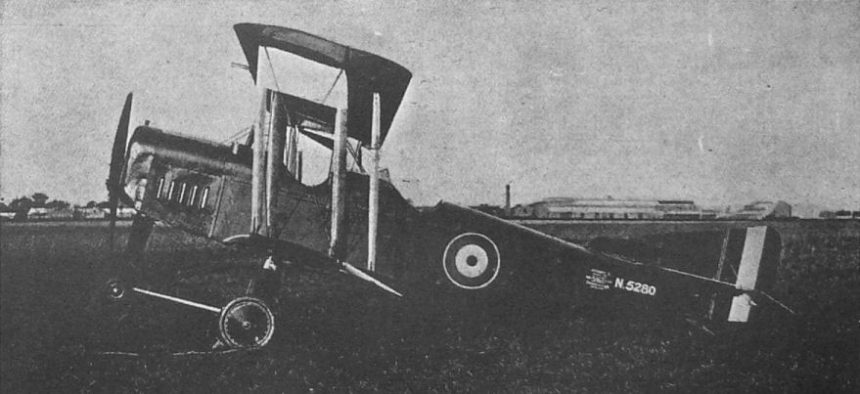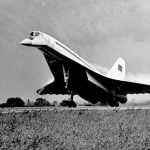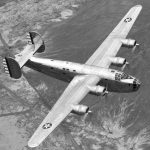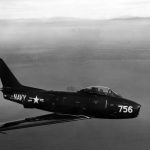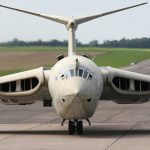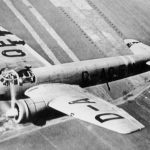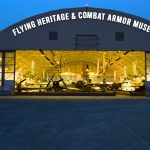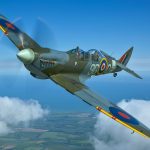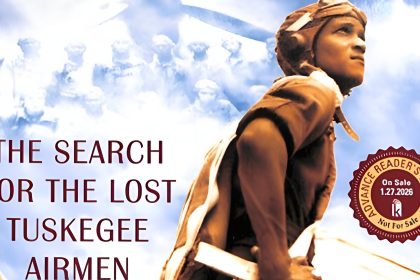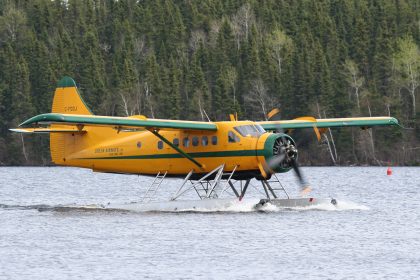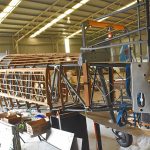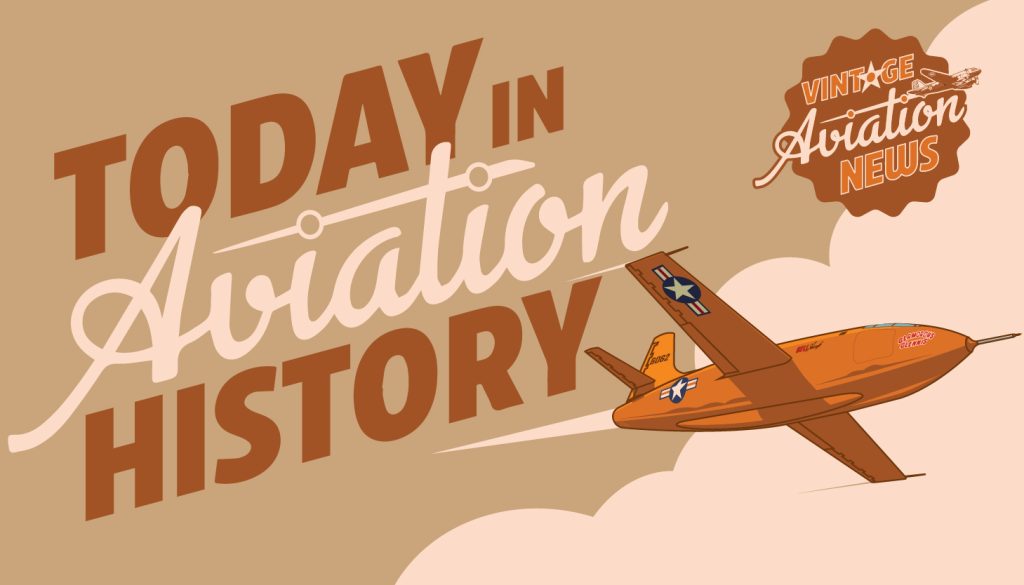
The company that would build the Sage Type 3 had existed even before the invention of the airplane. Frederick Sage & Company had been founded in 1860 by Frederick Sage (1830-1898) as a shop fitting company based in London, specializing in wooden furnishing for upscale department stores. By the turn of the 20th century, it had expanded its outreach to continental Europe, South Africa, and South America, outfitting such luxury department stores as Harrods, Frasers, and Selfridges. During the First World War, many companies that produced peacetime products shifted towards contributing to the war effort. In 1915, Sage set up an aviation department to assist in the war effort. They centered their aviation division at their factory in Peterborough, which had been acquired in 1910, and put the facility’s woodworkers to work on an order from the British Admiralty to license-build Short Type 184 reconnaissance floatplanes for the Royal Navy. To lead Sage’s aeronautical department, the company hired gliding pioneer and test pilot Eric Gordon England, and designer Clifford Tinson. In addition to the Type 184s, Sage was also used to sub-contract the production of Avro 504K trainers at the company’s factory in Holburn, London and built gondolas for non-rigid airships that came to be called blimps, used for patrolling the British coastlines for German U-boats.
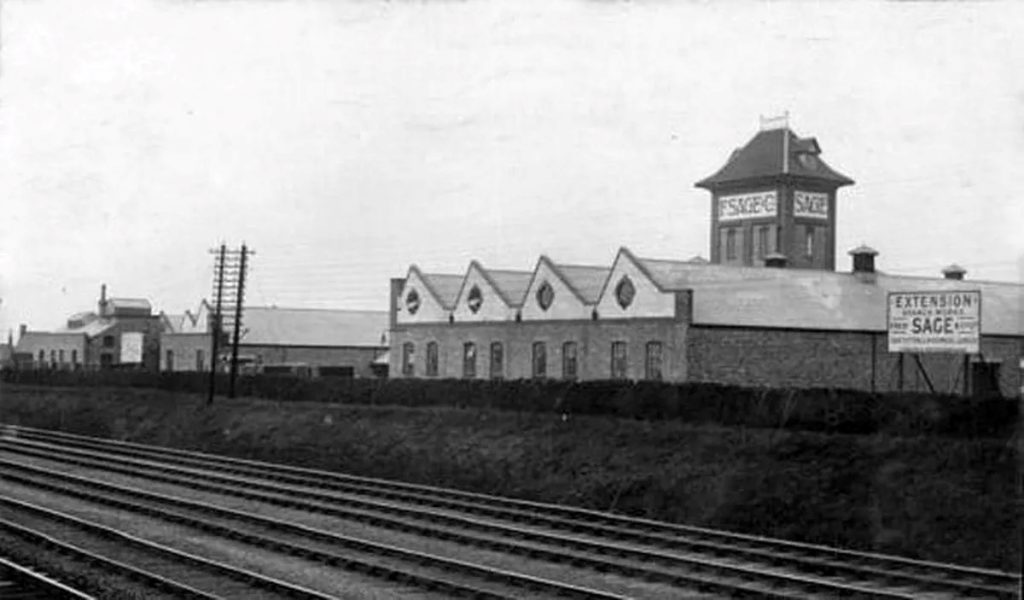
However, the Sage company was not content with simply sub-contracting the manufacture of other designs, and Tinson drew up designs for a twin-engined bomber called the Sage Type 1, but the aircraft was never built. Sage’s second design, the Type 2, a small two-seat fighter, where a pilot and rear gunner were kept in an enclosed cockpit, was built and flight tested. As the British had not yet perfected their own synchronization gear to allow for firing through the arc of a propeller, it was intended that the pilot would have no forward-firing weapon, with the rear gunner shooting planes behind the tail.
While it demonstrated good maneuverability and performance after its first flight in August 1916, the aircraft was wrecked the following month due to a rudder failure, and the new availability of synchronization gears and competing designs such as the Sopwith 1½ Strutter ensured a lack of development on the Type 2 program. But soon after the failure of the Sage Type 2, the Admiralty placed a request for a new primary training aircraft for the Royal Naval Air Service (RNAS) that was to be robust and possess a low landing speed. England and Tinson responded with the Sage Type 3.
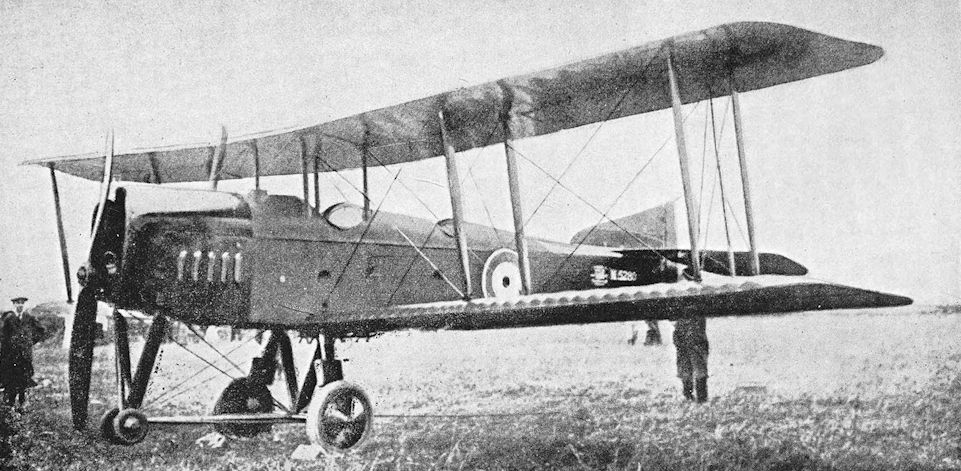
On January 5, 1917, the first prototype Type 3, serial number N5280, took off on its maiden flight at Cranwell, England. Subsequent flight testing showed that the aircraft proved to be overweight and slow, even for a WWI-era trainer. The prototype, along with a second example, was modified with smaller vertical tail surfaces and some of the aircraft’s overall weight was reduced, leading to the aircraft gaining an additional 4 mph. From then on, the newly modified aircraft was designated as Type 3b, and the original configuration was retroactively redesignated as the Type 3a. But even these modifications were not enough to see the Sage Type 3 adopted into service. In an effort to rework the Type 3 as a possible anti-submarine aircraft, Sage proposed mounting racks for four 20-pound bombs or a single centerline-mounted 65-pound bomb, but this failed to attract the Admiralty’s attention, and only two prototypes were built.
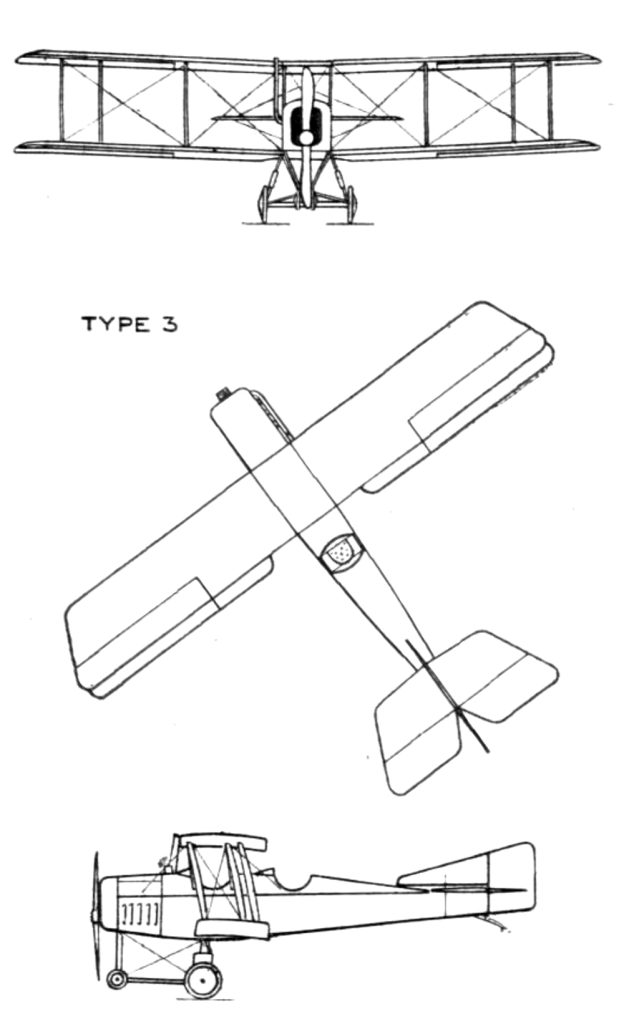
The Type 3 did not mark the end of Frederick Sage and Company’s attempts to market a design of their own. In fact, it served as a model for the Sage Type 4, a two-seat floatplane for the RNAS. Two prototypes of this design were built, but although it was originally intended to be a reconnaissance floatplane, it was decided instead to make it a floatplane trainer for the RNAS, which was merged with the Royal Flying Corps to form the Royal Air Force on April 1, 1918. However, the end of the First World War on November 11, 1918, meant that plans to mass produce the Type 4 were halted. In due time, Frederick Sage and Company would abandon the design and construction of aircraft altogether and return to their prewar activities of creating woodworking for department stores. No examples of any Sage-built airplanes from WWI have survived to the present day, but during WWII, the company returned to aircraft production, building wooden subassemblies for the De Havilland Mosquito.
While the Sage Type 3 would end up being all but forgotten to aviation historians, it serves as an example of the widespread mobilization of civilian industries for wartime use, followed by the hasty return to manufacturing peacetime products, which was to be repeated on a much wider scale during the Second World War.
Today in Aviation History is a series highlighting the achievements, innovations, and milestones that have shaped the skies. All the previous anniversaries are available HERE







